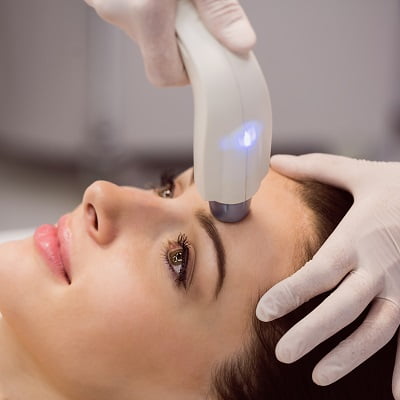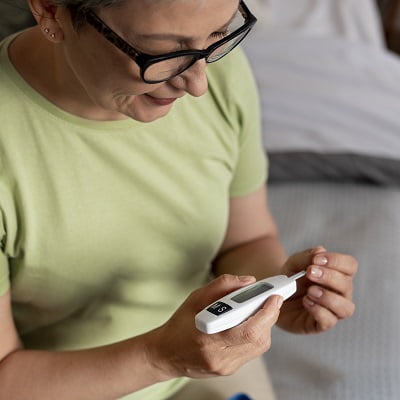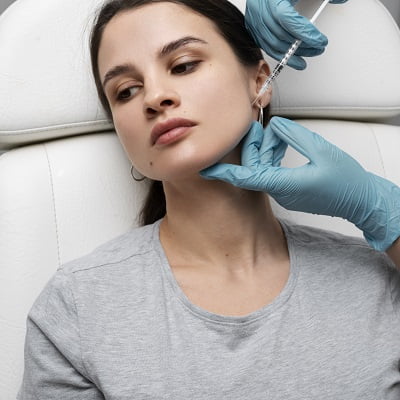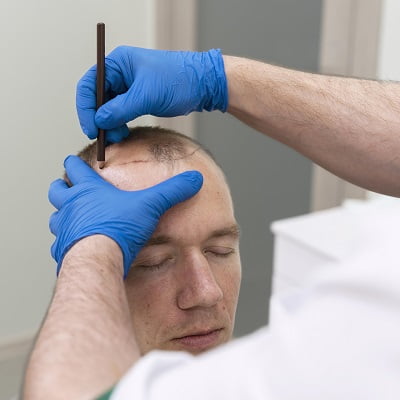
As we age, the skin around our eyes can start to sag and droop, making us look tired and older than we really are. Eyelid surgery, also known as blepharoplasty, is a cosmetic procedure that can help address these concerns and restore a more youthful and refreshed appearance. If you’re considering eyelid surgery, one question you may have is how long the healing process takes. In this blog post, we’ll take a closer look at the recovery timeline for eyelid surgery and what you can expect during each stage.
What Eyelid Surgery Can Treat?
- Loose or sagging skin that folds or alters the upper eyelid’s natural contour, sometimes obstructing vision
- Fatty deposits that cause the eyelids to appear puffy
- Bags under the eyes
- Lower eyelids that are drooping and showing white beneath the iris
- Excess skin and fine wrinkles of the lower eyelid
Who is a Good Candidate For Eyelid Surgery?
Good candidates for eyelid surgery include:
- Healthy individuals with no medical conditions that can impair healing
- Nonsmokers
- Individuals with a positive outlook and realistic goals
- Individuals without serious eye conditions
- Keep in mind that the eyelids belong on the face. Relaxation of the skin and brows on the forehead may also contribute to the appearance of a drooping upper lid. A drooping eyelid can occasionally be brought on by the upper eyelid muscle stretching out. This condition is known as eyelid ptosis and calls for a different surgical approach.
Recovery Timeline for Eyelid Surgery:
The recovery process for eyelid surgery can vary depending on a number of factors, including the extent of the procedure, the technique used, and your individual healing abilities. However, in general, you can expect the following timeline:
Days 1-2: Immediately After Surgery:
After your eyelid surgery is complete, you’ll be taken to a recovery area where you’ll be closely monitored for any signs of complications. You’ll likely experience some swelling, bruising, and discomfort around your eyes, which can be managed with pain medication and cold compresses.
Most patients are able to go home on the same day as their surgery, but you’ll need someone to drive you and stay with you for at least the first 24 hours.
Days 3-5: Early Recovery:
During the first few days after your surgery, you’ll need to rest as much as possible and avoid any strenuous activity or bending over. You’ll also need to keep your head elevated as much as possible to help reduce swelling.
You may still have some discomfort and bruising during this time, but it should start to improve gradually. You’ll likely need to continue taking pain medication as prescribed.
Days 6-10: Mid-Recovery:
Around a week after your surgery, you’ll likely have a follow-up appointment with your surgeon to check on your progress and remove any stitches or sutures. You may still have some swelling and bruising at this point, but it should be less noticeable than before.
You’ll still need to avoid any strenuous activity or heavy lifting, but you may be able to resume some light activities as tolerated.
Days 11-14: Late Recovery:
By the end of the second week after your surgery, most of the swelling and bruising should have subsided, and you should start to see the final results of your eyelid surgery. However, you may still have some residual swelling and minor discomfort.
Your surgeon will likely give you instructions for caring for your incisions and managing any remaining symptoms during this time.
Weeks 3-4: Post-Op Follow-Up:
Around three to four weeks after your surgery, you’ll likely have another follow-up appointment with your surgeon to ensure that you’re healing properly and to address any remaining concerns or questions.
At this point, most patients are able to resume their normal activities and return to work, although it’s still important to avoid any strenuous activity or heavy lifting for a few more weeks.
Conclusion:
The healing process after eyelid surgery can take several weeks, but the results are well worth it. By following your surgeon’s instructions and taking proper care of yourself during the recovery period, you can ensure the best possible outcome from your procedure.
If you’re considering eyelid surgery, be sure to consult with a qualified and experienced cosmetic surgeon who can guide you through the process and help you achieve your aesthetic goals. The best cosmetic surgeon in Islamabad is just one call away from you. Call Royal Cosmetics Islamabad and get in touch with the top cosmetic physicians all around Pakistan. You may also fill out the form given below.











Book Appointment